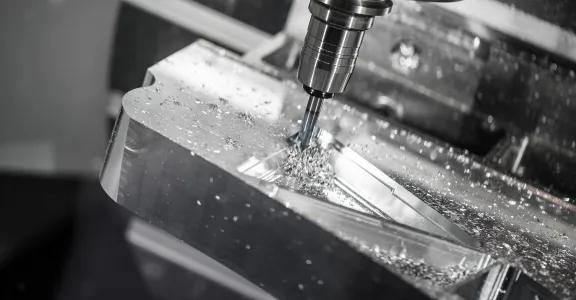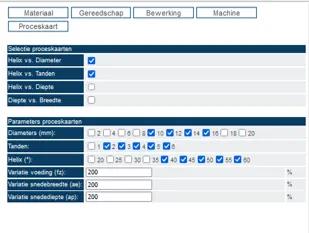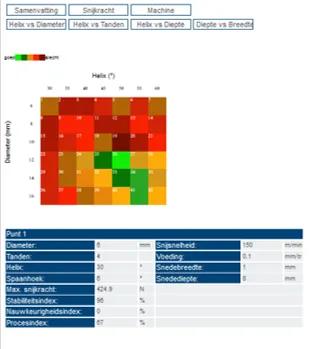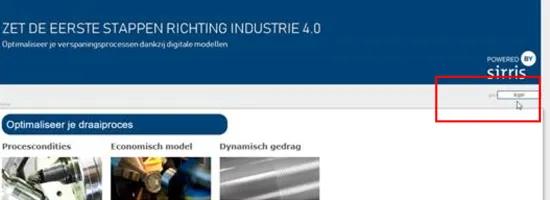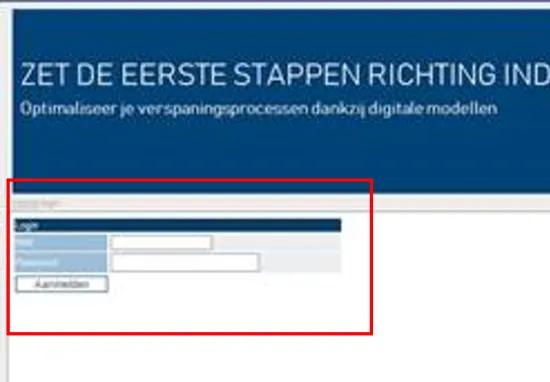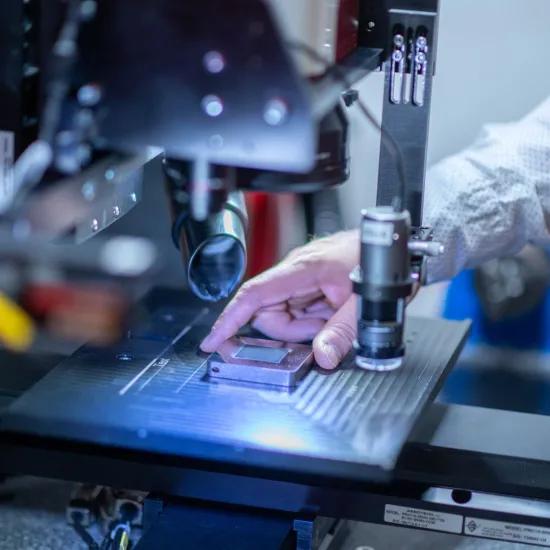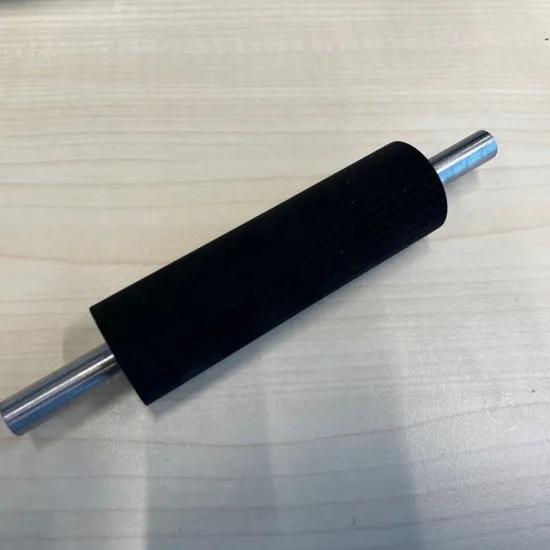Over the years, various calculation models have been developed that allow machining processes to be analysed and even optimised. These calculation models can be run by anyone on the online platform modelgebaseerdbewerken.be by means of simple forms. In a series of blog posts, we explain how you can use this platform in practice. In this fourth part, we look at how you can quickly screen alternative milling processes.
When you open a tool catalogue, you are likely to find more than one tool that could do the job you want. In fact, there is a good chance that you could even find several milling tools for the same job in your own collection. The decision then comes down to experience, so you use the tool that worked well in the past. But was that the right choice at the time? Or what if you are dealing with a new material or a new process and you have no experience to fall back on? Moreover, it is often not realistic for you to test multiple tools before using them, so it comes back to a matter of trial and error.
Colour codes
The ‘process cards’ model combines many individual models (cutting forces, load, deflection, stability, etc.) to give a score to the proposed milling process. But that's not all. In the ‘Process card’ tab you can indicate which alternatives you have: do you have multiple diameters or tools with different numbers of teeth, can the cutting conditions still vary, etc? Each of these alternatives is simulated and given a score with a corresponding colour code. This lets you quickly identify where the high-scoring (green) alternative milling processes are located.
If you opt for a process that has been assigned a yellow, brown or red colour code, this means that the operation is, while not impossible, certainly suboptimal. It is possible that no option turns green, especially if extreme cutting conditions or slender tools are involved. Think of it as a warning to carry out the operation with caution.
Modelgebaseerdbewerken.be
Access to the platform is free of charge, but you do need to register.
- Step 1. Register via the Sirris portal
URL: https://portal.sirris.be/modelgebaseerde-bewerken-login
Important: The code is generated immediately and displayed on the screen. So write it down or copy it immediately.
- Step 2. Go to the online platform
URL: http://www.modelgebaseerdbewerken.be/index.php
- Step 3. Go to the login screen (top right button)
- Step 4. Log in with your e-mail address and the generated code
You will also find the necessary explanations about working with the models on the platform, but be sure to keep an eye on the Sirris diary because we will be organising both physical and online explanation sessions.
The online platform is part of the COOCK project 'Model-based processing ', which was launched with support from Flanders Innovation & Entrepreneurship (VLAIO).
